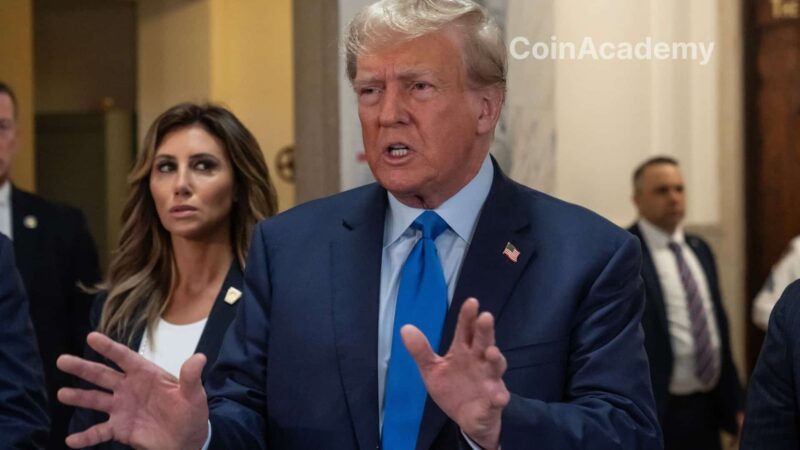Russia is planning to launch two crypto exchanges in Moscow and Saint Petersburg as part of a strategy to strengthen economic ties with BRICS countries, using stablecoins pegged to the Chinese yuan and a basket of BRICS currencies to reduce dependence on the US dollar, according to a report by local newspaper Kommersant.
A Step towards Economic Expansion and BRICS Collaboration
The Russian initiative to develop two crypto exchange platforms reflects the country’s ambition to enhance economic relations with BRICS countries, which initially included Brazil, Russia, India, China, and South Africa.
These exchanges are expected to facilitate transactions in stablecoins, digital assets generally backed by physical reserves or national currencies. Russia is considering stablecoins linked to the Chinese Renminbi (RMB) and a basket of BRICS currencies.
The goal behind this initiative is to reduce dependence on the US dollar in international exchanges, a strategy of ‘de-dollarization’ that has gained popularity among BRICS countries. However, implementing a BRICS stablecoin on these new digital platforms poses significant technological and regulatory challenges.
Technological and Regulatory Challenges
One of the proposed exchanges could rely on the infrastructure of the Saint Petersburg Currency Exchange (SPCE) to support foreign economic activity. The other exchange, based in Moscow, could either be developed on the basis of the current Moscow Exchange or established as a separate entity under an experimental legal framework. However, the current Russian regulation, including Federal Law No. 259 ‘On Digital Financial Assets,’ does not yet provide specific mechanisms for the creation and regulation of cryptocurrency platforms.
The regulatory framework for these exchanges could be based on the Experimental Legal Regime (ELR), recently established in Russia. This regime could serve as a legal basis for the launch of these new exchanges. However, as highlighted by Yaroslav Schitzle of the law firm Rustam Kurmaev and Partners, there is still no ‘clear and unified legal mechanism for the creation and operation of cryptocurrency exchanges’ within the current Russian regulatory framework.
Risks Related to International Sanctions
Despite the promising prospects of these projects, there are considerable risks, especially regarding international sanctions. The inherent transparency of blockchain technology could make transactions vulnerable to data leaks.
Mikhail Uspensky, member of the expert council on legislative regulation of cryptocurrencies at the State Duma, warned that if information about cryptocurrency purchases on a Russian exchange were to be disclosed, these transactions could be reported as suspicious and blocked, with serious consequences for the participants.
Furthermore, this could affect not only direct users but also future holders of these digital assets, even if they have no direct connection to Russia. Nikita Vassev, founder of TerraCrypto, expressed skepticism about the appeal of these domestic platforms, pointing out that only people with no other options might be compelled to use them. He believes that internationally recognized trading platforms will remain preferred by users.
An Ambitious Project under Surveillance
The launch of these two crypto exchanges and the BRICS stablecoin marks a significant milestone in Russia’s digital economic strategy. However, the road to their adoption and success is fraught with obstacles, including technological and regulatory challenges, as well as risks related to sanctions.
Meanwhile, other BRICS nations, such as India, are also preparing to strengthen their regulatory framework for digital assets. For example, India is awaiting the publication of a DEA report by September-October 2024, which will lay the foundations for digital asset regulation in the country.




